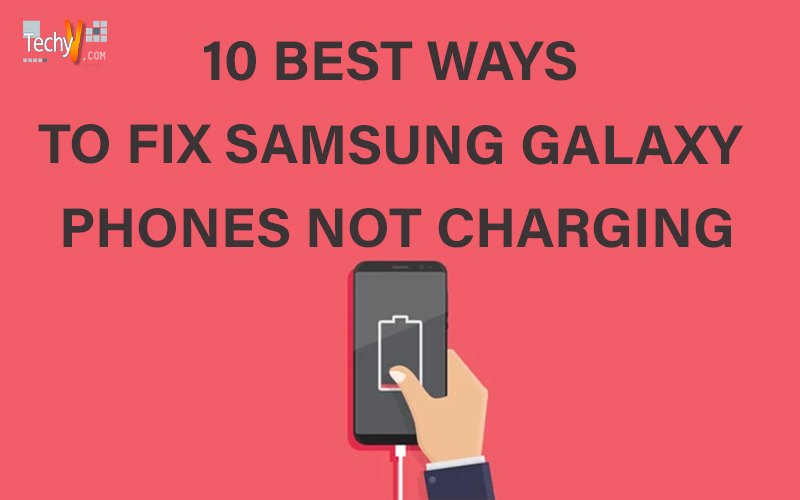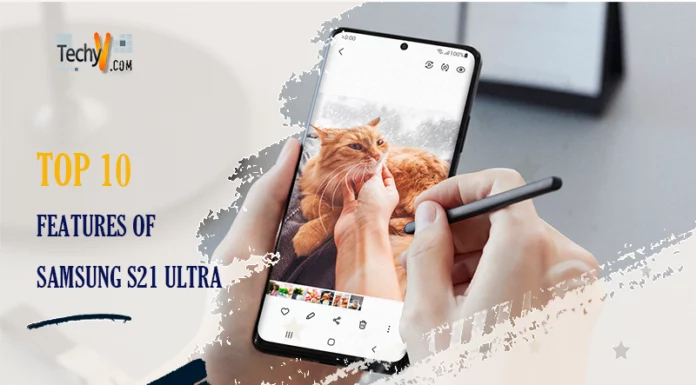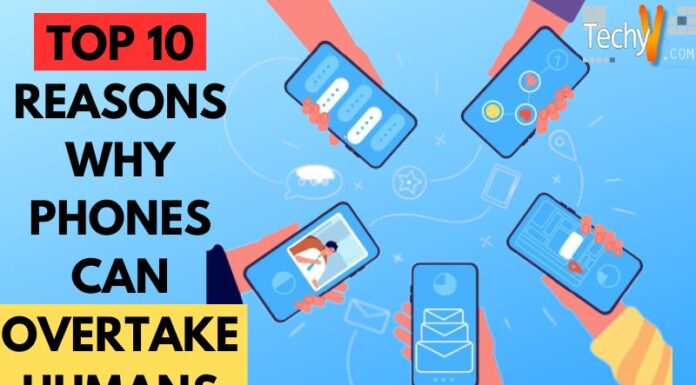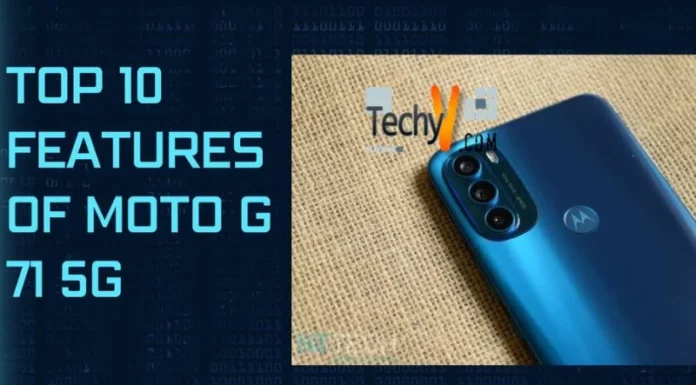Samsung is a household name. It’s easily the most popular smartphone brand globally, with consumers buying it by the millions each year. As a testament to its success and popularity, Samsung seems everywhere you turn—from your TV set to your car dashboard. But like any other product that becomes so ubiquitous and familiar over time, problems sometimes arise. One common issue is that your Samsung Galaxy phone won’t charge—even though it used to work fine before! We’re here to help fix this problem with our top 10 tips for improving Samsung Galaxy Phones Not Charging:
1. Try A New Charging Board
If your phone’s charging board breaks, try replacing it with another phone’s charging board or charger. Suppose this doesn’t work, and you need help finding an original Samsung Galaxy S7/S8/Note 8 compatible charger. In that case, it might be worth trying something like the LG G6 or ZTE Axon 7 Mini instead of spending more money on another brand-new device.

2. Try A New USB Cable
- The cable may need to replace, or you could be using a lousy line, which can cause many problems with your phone. Try another one if you don’t have a USB cable that works well with your device. If this doesn’t work either, go back to the beginning and start from there.
- You should also try charging on another computer or outlet until you find out if it’s just an issue with one particular machine (maybe yours). If nothing else helps, then it’s time for some new cables!

3. Use The Right Charger
If you’re experiencing issues with your Samsung Galaxy phone’s charging, the most common reason for this is an old or damaged charger. If your headset is poor quality and not working well, it can interfere with charging. It may cause your phone not to charge correctly or at all! First, try a different pair of headphones from another brand (or even just one). If that doesn’t work, try using other USB cables too!

4. Use The Right Type Of Case For Your Phone
Now that you’ve got the phone charged up and ready to go, it’s time to think about how you want to protect it. If your phone is in a case, ensure the issue is tight and loose. If there’s no way for two different brands or styles of cases (one having more space than another), then only accept one type to save money on something unnecessary. It can also be helpful if they are similar in price because this means they will fit well together, which helps keep things safe while still allowing them access when needed!

5. Turn Off Battery Saver Mode
- Go to Settings > Battery > Battery Saver on your Galaxy phone or tablet and make sure that “Battery Saver” is set to Off (it should be). If it’s already turned off, tap Set as default.
- Tap Done when prompted to confirm that you want this setting activated by default in future sessions until you turn it back off manually again later, if necessary.

6. Restart The Phone
If you’re using your phone when it won’t charge, try restarting it. It is a quick fix that will allow you to check whether or not the phone’s charging port is working properly and eliminate any other problems with the device.

7. Reset The Phone’s Software
A hard reset is the last way to fix an Android device. Most problems, like full memory, broken appliances, or phones, can only be fixed by trying a hard reset on Android using a PC.

8. Remove Excess Applications From Your Phone’s Memory
- Suppose you’re using a phone that isn’t charging. One of the first things to do is remove any applications that aren’t necessary on your phone and delete any regular apps. It will save space on your device and improve performance and battery life by removing unnecessary files from memory. It’s also important to note that deleting unused programs may cause issues with other programs or software if they rely on these files for functionality; however, if this doesn’t affect your current setup, then feel free to delete them!
- Another option is simply closing down specific applications when they aren’t in use.

9. Update Your OS Software To Fix Bugs & Crashes
If you’re having problems with your phone, the issue is likely related to software. If you have a newer device and are experiencing issues with its default OS version, or if you’re using an older phone and updating it to the latest version isn’t stable enough, yet for your needs (which is often the case), then this fix will help.

10. Look For Hardware Damage
- If your Samsung Galaxy phone doesn’t charge, it could be due to a hardware issue. The most common reasons for this are physical damage and liquid damage.
- Physical Damage. If nothing happens when pressing lightly on the back phone but does after hammering hard against its surface, then chances are good that something has gone wrong inside it, thus causing problems for them with charging functions such as these two examples above.”

Conclusion
Our list concludes! This guide should help you solve a non-charging Samsung Galaxy phone. Leave comments or questions below.


















